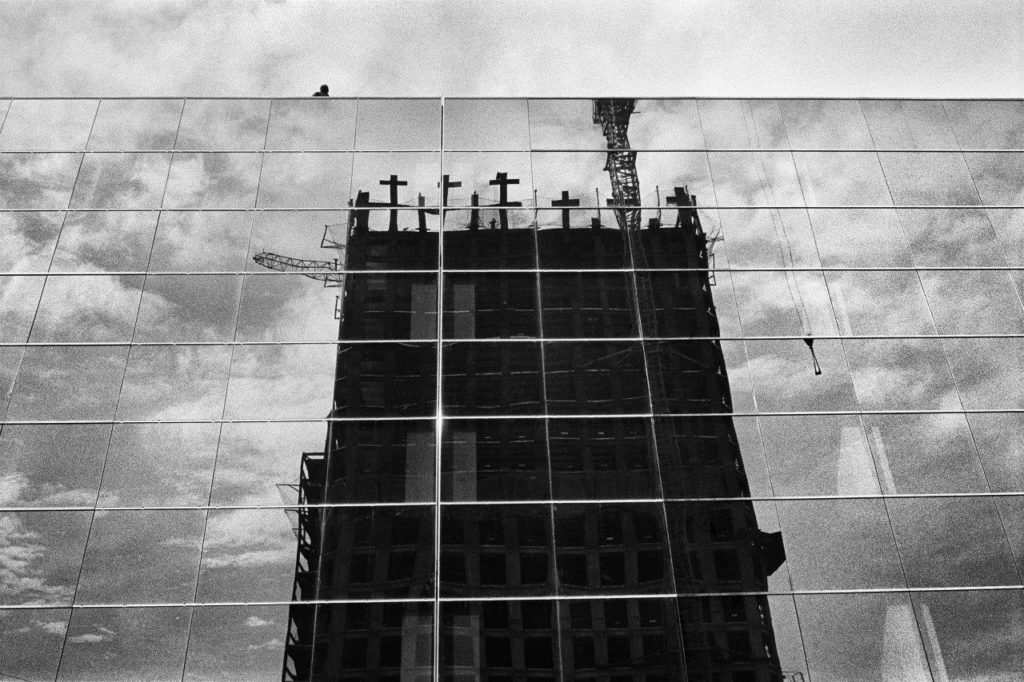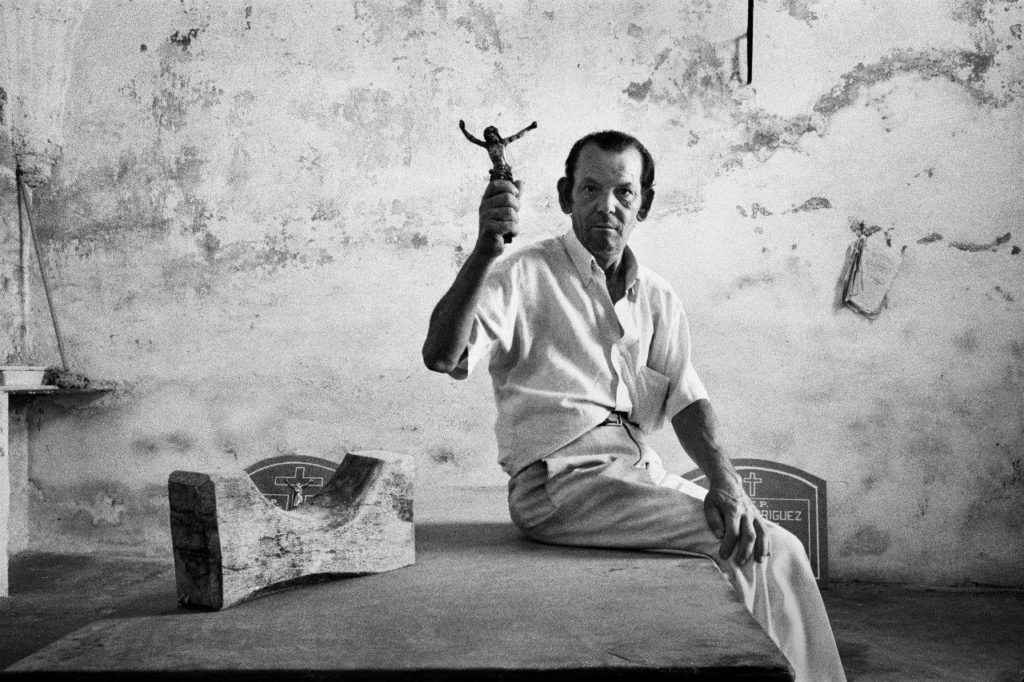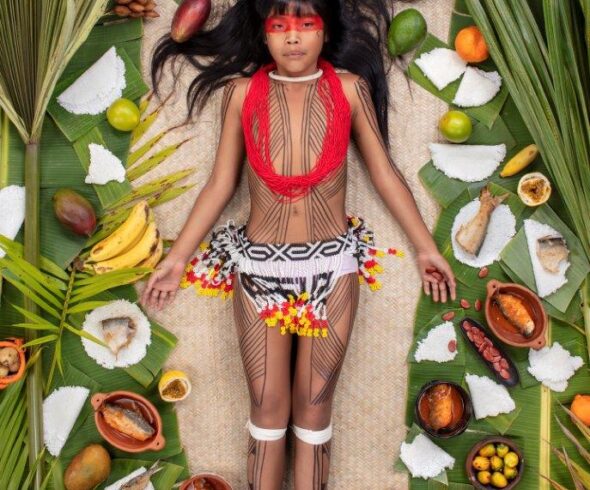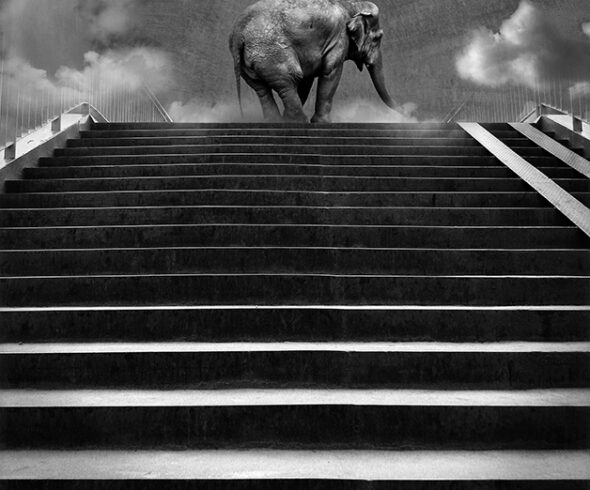Meeting with the curator – Clemente Bernad and the daughter of Koldo – Oihane Chamorro; AULA, Modrzewskiego 12 – AUTHORS’ MARATHON, 9th October (Saturday) at 10.30. a.m.
venue available for the disabled
Koldo Chamorro
Koldo Chamorro viewed photography essentially as documentation, and the essence of documentation is identity, especially one’s own. In the waning years of the Franco regime, Koldo—just like other photographers from his generation—understood that there were certain religious manifestations and popular festivities which were on the verge of disappearing, because the political changes and the march of globalisation would presumably cast them into oblivion. For this reason, in 1974 he began the series The Iberian Holy Christ, a photographic essay which he envisioned as a large-scale, long-term, monographic project that sought to visually reflect on the different aspects of the Christian liturgies and expressions on the Iberian Peninsula, as well as on the effects of the Christian cross on our social landscape.
Exhibited in Poland for the first time.


EXHIBITIONS
EXHIBITIONSThis is probably the project on which he reflected the most, and for which he engaged in the most profound introspection and analysis of his own personal circumstances. Koldo meditates from within a family structure rooted in tradition and religion. The author considered this project finished upon the Catholic Church’s 2000 Great Jubilee. His interest was not to photographically preserve this supposedly dying heritage but to engage in an in-depth social analysis which would reveal the contradictions of a country that was weighted down by backwardness and obscurantism yet was swiftly hurtling forward towards modernity.
Koldo Chamorro worked as a professional photographer for over 35 years, during which he embarked on multiple projects revolving around issues like social structures, religion, festivals, bullfighting, the body and sex, almost always in the guise of series of ‘photographic essays’ developed over many years, in which he tried to unpack the keys to the topics he depicted.
He was a curious, empathetic, unpredictable artist, an implacable critic, observant, tenacious, passionate and meticulous. Now, ten years after his death, his unearthed pictures suddenly seem new, released from an unmerited exile and an incomprehensible abandonment. They are reincarnated and arranged not to smooth the terrain so we feel more comfortable but to destabilise, disturb and make us question time and time again what we are doing here and what will remain of us after we are gone.
The exhibition is organized in cooperation with the Cervantes Institute in Krakow.


